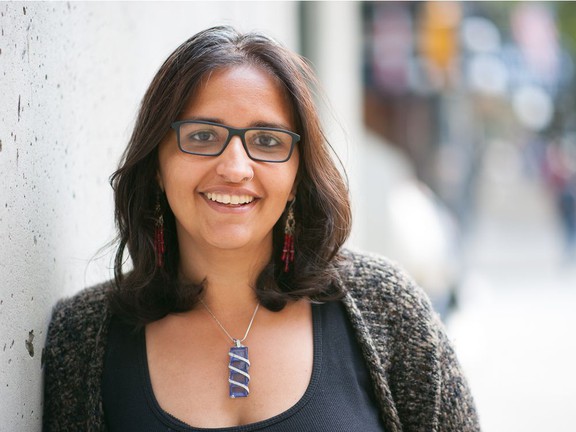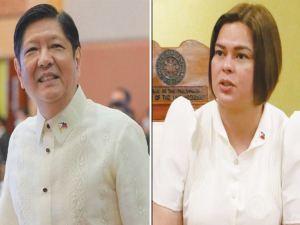At a press conference in Vancouver, Pentecostal assistant minister Jenn Allan-Riley, a 60s scoop survivor whose mother attended residential school, called for the wave of church arsons to stop.
She adds that “Burning down churches is not in solidarity with us Indigenous people. As I said, we do not destroy people’s places of worship. We’re concerned about the burning and defacing of churches bringing more strife, depression and anxiety to those already in pain and mourning.”
All of the churches were on Indigenous lands, and in many cases were built by Indigenous people themselves. “What many do not understand is that these places of worship were built by our own ancestors,” says an Indigenous woman. “Why would we want to burn them?”
Indigenous leaders, including Assembly of First Nations National Chief Perry Belgarde, as well as local elected leaders of the First Nations whose land contained the churches, have condemned the fires.
In a statement, the Lower Similkameen Indian Band said “it is not our place to say who to worship and what historical relevance it has to our community members; we are all free to choose and it is our place as a community to support that freedom,” adding that many community members’ first memories related to the building.
The Union of BC Indian Chiefs (UBCIC), which has partnered with the BCCLA on a number of issues, came to Walia’s defence, saying “UBCIC stands in strong solidarity with (Harsha Walia) in condemning the brutally gruesome genocide of residential ‘school’ system by Canada and Church while crown stole FN land,” the group wrote on Twitter. Grand Chief Stewart Phillip was very clear, though, when he said that he “does not support the burning of Catholic churches.”
Global News reported that Chris Sankey, a Tsimshian First Nation entrepreneur and Indigenous relations consultant, said Walia should resign. He was referring to Harsha Walia, executive director of the BC Civil Liberties Association, who wrote a tweet about how she supports burning down all the churches.
“You’re encouraging violence and hate and if that’s what you’re trying to do you have no business having any sort of platform whatsoever,” said Sankey. “That’s not who we are as Indigenous people, that’s not who we are as British Columbians and that’s not who we are as Canadians and it needs to stop. Someone’s gonna get killed yet and that’s my biggest concern.”
Many of the First Nations’ descendants are practising Catholics, despite the disagreement of other Indigenous and non-indigenous people alike. The 2011 National Household Survey found 63 per cent of Canada’s “aboriginal population” claimed Christianity as their religious identity, and 57 per cent of those Christians claimed Catholicism. Of the affected First Nations, the Catholic population ranges from 16 per cent in Penticton to 50 per cent in Siksika to 97 per cent in St. Theresa Point.
Catholicism as practised on First Nations is not necessarily how the non-religious imagine it to be. The fire in Attawapiskat claimed six stained glass windows that were designed to “reclaim our Indigenous spirituality,” co-creator Jackie Hookimaw-Witt told the Timmins Daily Press . They reflected “how we relate to nature and how (we) try to make it co-exist with Catholicism,” she said. One window recast Jesus’s 153-fish miracle with a woman steering a canoe, in hopes of promoting “equal relationships rather than … patriarchal (ones).”
St. Kateri Tekakwith, the Lily of the Mowhawks, is the first Indigenous saint who represents the Catholic Christian faith of the peoples of North America. A good number of First Nations peoples serve in various churches, and the burning of the churches compounded their grief over the lost children. For them, the churches were a sanctuary, a place of refuge, and a place of joy and community.








